Search Images
Browse Content (p. 1289)

Image
Main Hall, Horyuji
The Main Hall (aka Golden Hall) or Kondo of the Buddhist Horyuji monastery, Nara, Japan. 607 CE.
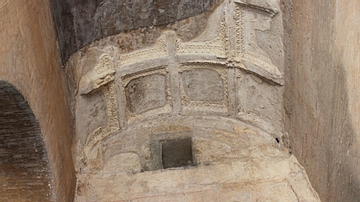
Image
Colosseum, Stucco Decoration.
Colosseum, Rome. Remains of once vividly painted stucco on the vault of one of the main entrances. 72-80 CE.
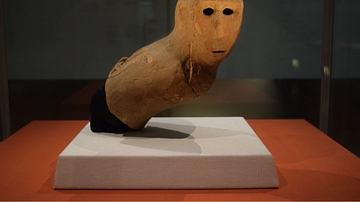
Image
Monkey Haniwa
A terracotta haniwa (tomb marker) in the form of a monkey. 6th century CE, Kofun/Asuka Period. From Dainichizuka Tumulus, Okinosu, Namegata-shi, Ibaraki, Japan. 'Important Cultural Property'. (Tokyo National Museum)
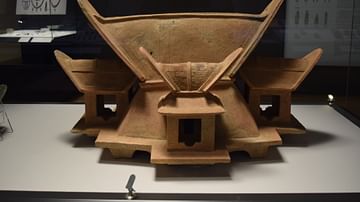
Image
Haniwa House
A terracotta haniwa (tomb marker) in the form of a house. Saitobaru Burial Mounds, Saito-shi, Miyazaki, Japan. Kofun/Asuka Period, 5th century CE, Japan. Imperial Cultural Property. (Tokyo National Museum)
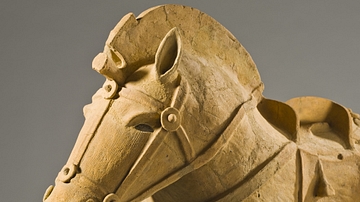
Image
Haniwa Horse
A terracotta haniwa (tomb-marker) in the form of a horse. Asuka Period, 6th century CE, Japan. (Los Angeles County Museum of Art)
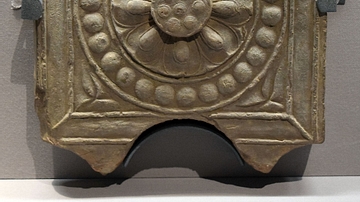
Image
Asuka Period Roof Tile
A terracotta roof tile with lotus design. Japan, Asuka Period, 538-710 CE. From the ruins of Minamishigahaiji, Otsu-shi, Shiga. (Tokyo National Museum)
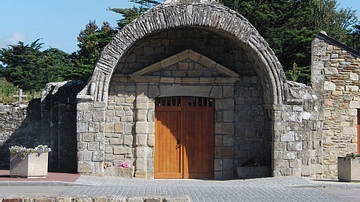
Image
Monastery of Saint-Gildas-de-Rhuys
The entrance to Saint-Gildas-de-Rhuys monastery, founded by the Romano-British monk Gildas in the 6th century CE. Morbihan, France.
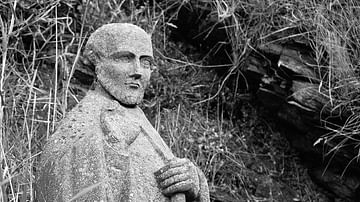
Image
Gildas
A modern statue of Gildas (c. 500-570 CE), the Romano-British monk and author. (Morbihan, France)

Image
Central Gate & Pagoda, Horyuji Temple
The Chumon or central gate and five-storey pagoda of the Buddhist temple Horyuji, Nara, Japan. It is the most important Buddhist temple in Japan and was first built in 607 CE by Prince Shotoku during the Asuka Period. The temple was destroyed...
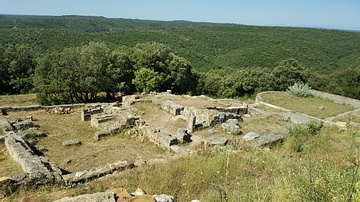
Image
Roman Baths at Gaujac, France
Remains of Roman baths at the Oppidum Saint Vincent (Gaujac, Gard, France), built between 20-25 CE.